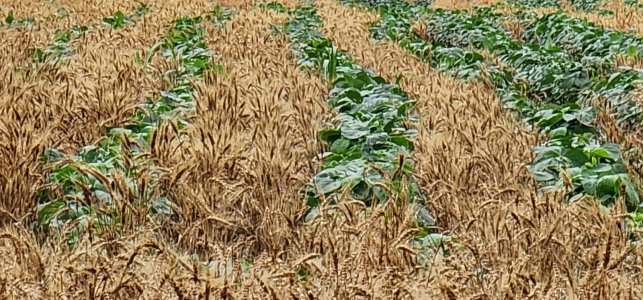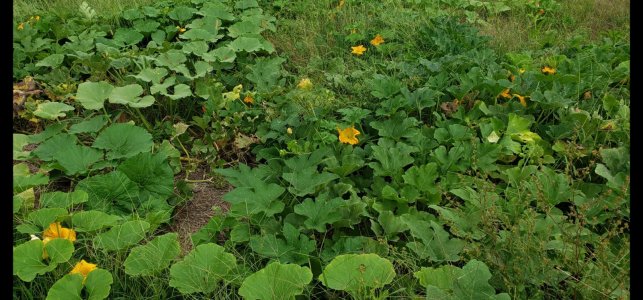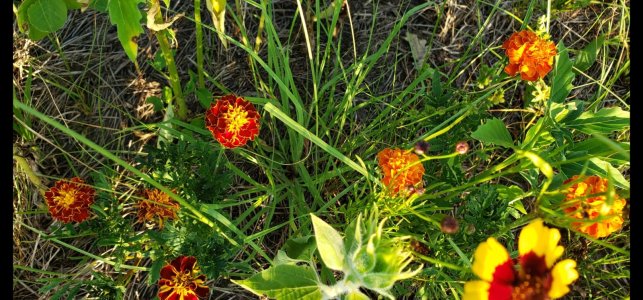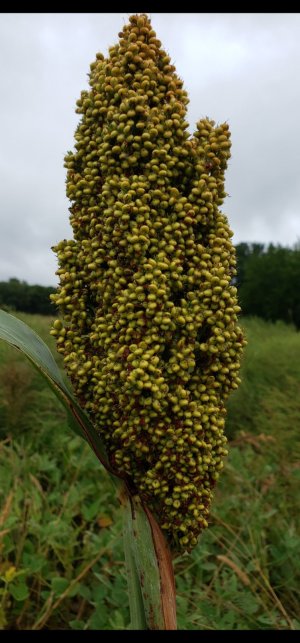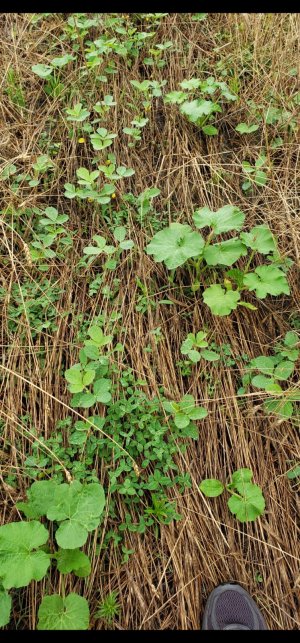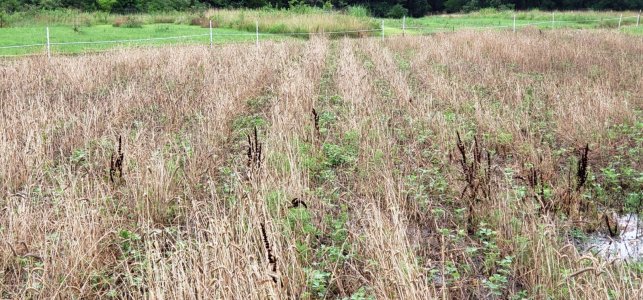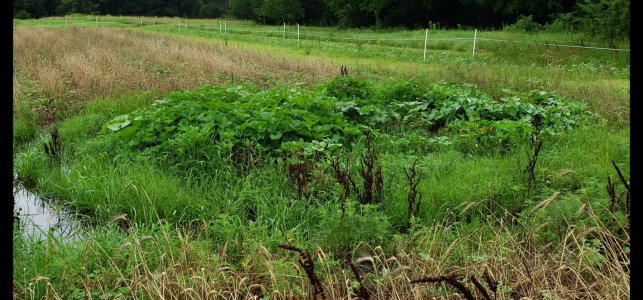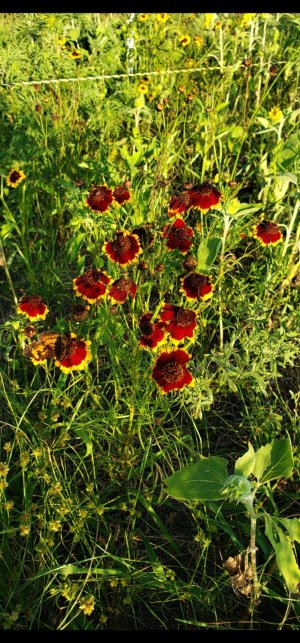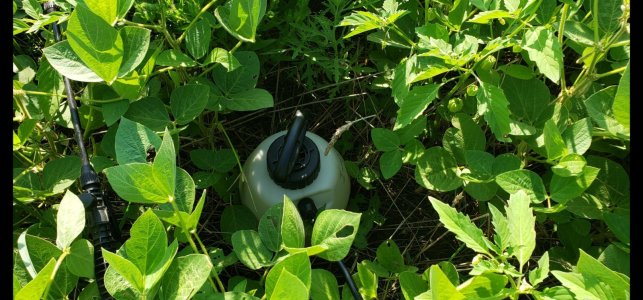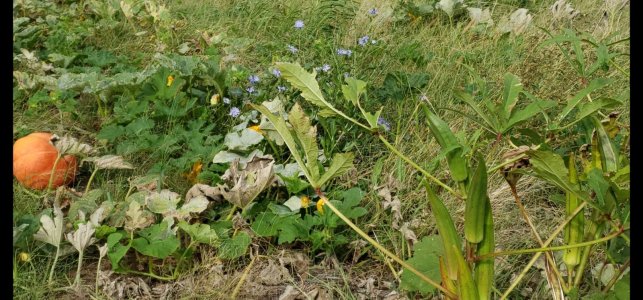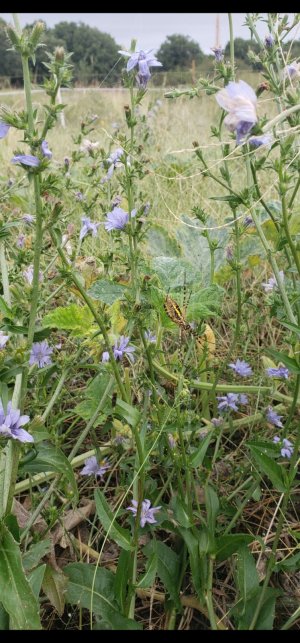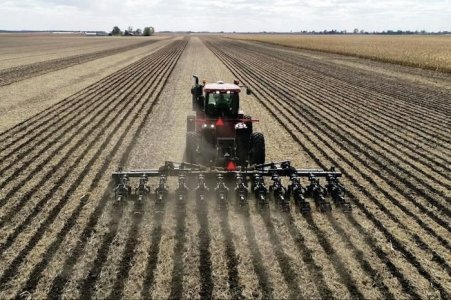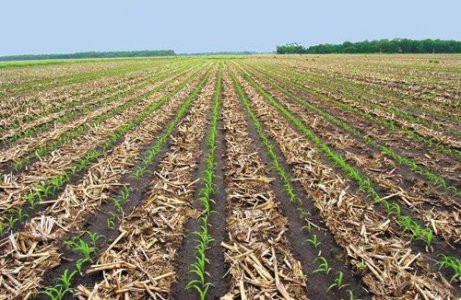Spike_Horn_Shooter
5 year old buck +
Lot's of folks in this camp. I am one. I have a 40 hp cab tractor, and a 10K drill. Prior to the drill I did the disking or tilling and broadcasting seed and dragging and cultipacking, then fertilizing those seeds. Lots of trips across the dirt and lots of expense and time. I cannot walk the steps to do the seeding by hand anymore......so I adapted my Herd seeder to throw small lots, etc.
The drill has saved so much time and work.....that it has provided me the ability to keep doing this stuff. That is a big win for me.
My personal math on the tractor was - I’m busy and my camp is 3 hours away. When I want to get it done, I want to get it done. I don’t want to “fix it, to fix it, to fix it”. Spent the 1st part of my life and career working on/with junk to get the job done. The tractor moves stuff, brush hogs, plows the driveway etc.
The drill is almost a must have on my wet, clay ground. I have tried to work the soil and it is a fiasco. Plus the time savings of the drill is immense. I can literally plant 5 acres of plots in an afternoon with only a spraying 10-14 days prior (spring) or a mowing/spraying 14-21 days prior (fall plots).

